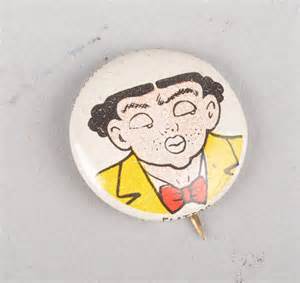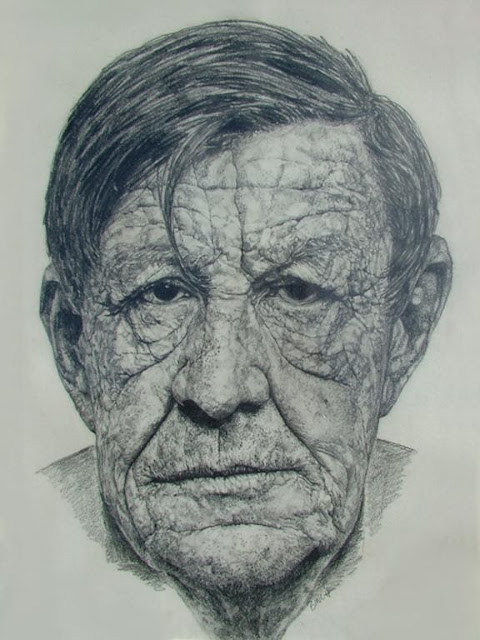
My favorite theaters are small. It's better to have several small theaters in an arts district, even ones as small as the one in the Cruikshank picture above, than to have a single giant one with elaborate parking facilities. Big theaters just don't belong in the intimate walking streets of an arts district.

Influenced by Charles Dickens' theatrical writings, I've come to like small semi-professional theaters where the matinee prices are cheap enough to attract people who wouldn't ordinarily go to live theater. The plays performed should include the classics, but also melodramas with lots of gun fights and fireworks. Maybe some vaudeville and magic shows, too.

Of course you have to entice people into the theaters, and that requires outdoor public displays. I like this idea (above) of putting performer/barkers on second floor balconies and cubicles.

Maybe the the smaller theaters should have fronts on an outdoor arcade like the one above. I like the way Hiroshige (above and below) depicted Eto's geisha district. The low and linear wooden architecture and the room lights spilling out give the street a terrific feel. I imagine the geishas stood on the platform outside the first floor and caught the eyes of passers-by, and the second floor lights must have been mysterious and intruiging. I like the way the shops are open to the street.
Maybe a Japanese arcade could be one of the arteries of the arts district. Others might be a farmer's market, or an arab-type outdoor bazaar.














































